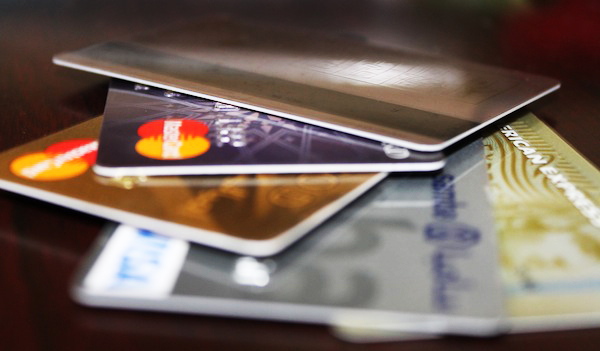In the age of digital banking, transferring money between digital accounts in the UK has never been easier. Whether you’re paying for a service, sending funds to a friend, or managing your finances, understanding the process and options can save you time and effort. By leveraging modern financial technologies, you can make quick and secure transfers without any hassle.
This blog will guide you through some of the most efficient ways to conduct money movements between digital wallets and online banks, ensuring that you make the most informed decisions. Let’s dive in and explore the various methods, the benefits they offer, and how to ensure your transactions remain secure and efficient.
Advantages of Transferring Money Between Digital Accounts

Moving funds between digital accounts offers numerous advantages over traditional banking methods. First and foremost, transactions are usually instant, enabling immediate access to funds without delays. This is particularly useful for urgent payments or tight financial schedules.
Another significant benefit is cost savings. Many online banking platforms and digital wallets do not charge fees for internal transfers, which can help you avoid the often hefty fees associated with traditional banks. The convenience of performing transactions from your mobile device or laptop also adds to the appeal, eliminating the need to visit a bank branch.
Moreover, digital accounts often come with enhanced security features, including two-factor authentication and encryption, ensuring that your money is transferred safely. These platforms also provide detailed transaction records, aiding in better financial tracking and management.
Popular Digital Banking Platforms in the UK
The UK boasts an array of reputable digital banking platforms that facilitate easy money transfers. Monzo is a popular choice, offering seamless money movements, instant notifications, and integration with various financial tools.
Revolut stands out for its multi-currency accounts, enabling you to send and receive funds globally with minimal exchange fees. Starling Bank is another strong contender, known for its user-friendly interface and robust security measures.
These platforms are designed to make digital banking straightforward and secure, catering to a variety of financial needs. Whether you are looking for personal banking services or business account solutions, these options provide comprehensive coverage.
Choosing the Right Platform for Your Needs
Selecting the appropriate platform depends on your specific requirements. If international transactions are a priority, Revolut’s multi-currency support makes it an excellent choice. For those who value detailed spending analysis and budgeting tools, Monzo could be the ideal option.
Starling Bank, with its competitive interest rates and fee-free overdraft, might appeal to individuals seeking a well-rounded digital banking experience. Consider the unique features each platform offers and how they align with your financial habits and goals.
All these platforms have robust customer support and frequently update their features, ensuring that you receive the best possible service. Conducting thorough research and possibly trying out trial accounts can help in making an informed decision.
How to Securely Transfer Money Between Digital Accounts
Security is paramount when transferring money between digital accounts. Start by ensuring that your chosen platform uses encryption and two-factor authentication. These measures significantly reduce the risk of unauthorized access and protect your financial data.
Always verify the recipient’s details before initiating a transfer. Mistakes in entering account numbers or names can lead to funds being sent to the wrong person. Use the built-in verification tools offered by most platforms to double-check details.
Keeping your devices secure is equally important. Regularly update your mobile or computer’s operating system and use reputable antivirus software. Avoid using public Wi-Fi for financial transactions to further safeguard your sensitive information.
Step-by-Step Guide to Initiating a Transfer
Initiating a transfer between digital accounts is generally a straightforward process. Log into your digital account and navigate to the transfer or payments section. Enter the recipient’s details accurately, including their account number and sort code.
Select the amount you wish to transfer and choose the appropriate currency if applicable. Some platforms may require you to specify the reason for the transfer. Verify all entered details before proceeding.
Finally, confirm the transaction using the platform’s security protocols, such as entering a one-time password sent to your mobile device. The recipient should receive a notification upon the completion of the transfer.
Troubleshooting Common Issues
Should you encounter any issues when transferring money between digital accounts, most platforms offer comprehensive help sections and customer support services. Common problems include delays in transactions, which can often be resolved by checking the transaction status or contacting support.
Incorrect details can also cause problems; ensure that all entered information is accurate. If a transfer seems to have failed, check your transaction history before attempting another transfer to avoid duplicate transactions.
If security concerns arise, immediately contact the platform’s support team and follow their guidelines to safeguard your account. Regularly review your account activity to identify and address any unauthorized transactions promptly.




